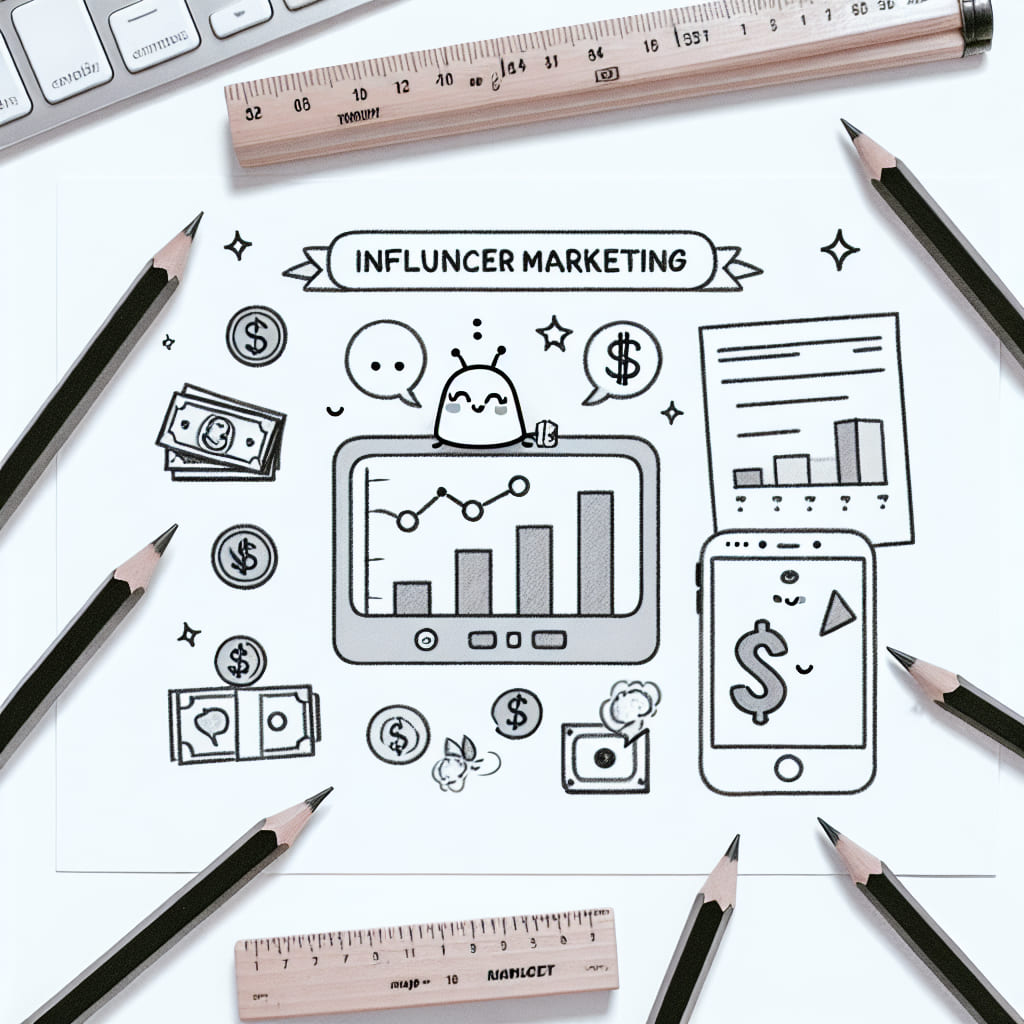https://elements.envato.com/ux-designer-developing-mobile-phone-app-GK4FPDR
Last year, around 3.78 billion people bought consumer goods via Web. The bulk of those eCommerce purchases were made on smartphones. More than 100 million photographs are uploaded to Instagram every day, but this is supplemented by content from Facebook, TikTok, YouTube, and so on. Most of the people buy products and services via smartphones and tablets; they also use the content available on mobile devices to decide whether to buy a product or service. When a package is delivered to them, they share the opening of the package via stories on Instagram. They also buy eCommerce products and make videos on TikTok to share with their fans or friends.
What is what is user-generated content
Content produced by users or UGC (user generated content), are content on brands created by consumers through video, images, post on social platforms, review, ect. Contents produced by users are the most effective that can be realised by companies People trust and click more on content generated by users than brand, according to a research by TINT, a corporate UGC platform. There are differences between UGC and influencers marketing posts. UGC are published without contracts or payments terms, whereas influencers are paid to adveertise a product on their social.
The importance of UGC for eCommerce
For eCommerce, UGC is very important. UGC allows brands to capture attention, personalise the shopping experience, facilitate purchasing decisions, and most importantly, increase sales of products and services. Brands obtain UGC through platforms such as TINT, tagging them and sharing them through their marketing channels. In TINT’s research on the state of user-generated content in 2022, it was found that around 76% of consumers bought products only because they had been recommended to them by someone else. 72% of consumers believe that reviews and testimonials from other users are more trustworthy than brands talking about their products or services. Brands, through user-generated content, turn their customers into brand ambassadors, who share their products or services, the brand’s mission and values with a like-minded audience.
User-generated content reduces time spent on content production
Brands have the opportunity to allocate most of their earnings to the creation of content to stay in touch with their audience on the different marketing channels. They can also collect user-generated content that showcases their products or services.
Awareness: user generated content attract attention
Users have little interest in brand pictures and a lot of interest in the content of the people they interact with. People like to see if someone likes the plants they bought or if a skin care product has an impact on someone with the same skin type as them. For example, Ramit Sethi, bestselling author for the New York Times, uses his readers’ reviews to promote book sales on Twitter.
Awareness: user generated content increases online audience engagement
Companies, thanks to user-generated content, can see an increase in the engagement of their online audience. Content that shows real customers sharing their experiences of the products they purchased leads to better communication with user-generated content than other kinds of content.
Awareness: user generated content is reliable
Users rely more on content generated by other users than content produced by brands. UGC increases credibility more than celebrity endorsement. With UGC, brands can increase their authenticity with their target audience. For example, Chipotle, has dedicated its TiTok strategy to user-generated content. It republishes the best content from its fans and thus creates a much more reliable marketing channel.
Awareness: user generated content allow to distinguish and personalise shopping experience
For companies, offering their customers a platform where they can share their experiences with their products can increase brands’ ability to implement diversity, equity and inclusion in the right way. This also allows for better personalisation and enables companies’ audiences to interact with their content.
Conversion: user generated content increases sales and simplifies purchasing decisions
User-generated content is better at converting leads than professional photographs. People prefer to see the experience of companies’ products or services. UGC makes purchasing decisions easy and allows people to see products in different ways. This increases trust and recognition, but makes it easier for people to click the ‘buy’ button.
Loyalty: user generated content
UGC are a link between companies and their audience. With UGC, organisations can learn more about their customers, what they think about brands and how customers relate to companies’ products. This produces a critical response on areas for improvement in eCommerce. When people’s thinking about brands is based on what people say and publish, knowing more about customers and their responses is critical to increasing ‘customer lifetime’ and brand longevity.
User generated content for Ecommerce
One of the main advantages of user-generated content in eCommerce is that UGC can increase the return on investment and can minimise the investment of companies. People want to see brands from the customers’ perspective and UGC enables this. The 2022 State of User-Generated Content report on TINT allows companies to see how their brand can position user-generated content and also enter into the tastes of consumers and marketers.
https://elements.envato.com/happy-hispanic-teen-girl-checking-social-media-hol-4MKW7BT





